

Established by the European Council in December 2001 following the Laeken Declaration, the European Convention (also known as the Convention on the Future of Europe) was a body intended to include the main EU “stakeholders” in a major brainstorming exercise about the future direction of the European Union. Its final purpose was to produce a draft constitution for the EU to finalise and adopt. Former French President Valéry Giscard d’Estaing was appointed Chairman of the Convention, with former Italian Prime Minister Giuliano Amato and former Belgian Prime Minister Jean-Luc Dehaene acting as Vice-Chairmen. Its members were drawn from the national parliaments of Member States and candidate countries, the European Parliament, the European Commission, and representatives of Heads of State and Government. It was this period that saw a renewed impetus for the creation of a European Defence Agency.
Running parallel to that political roadmap, some major aerospace and defence companies in Europe started lobbying for a strong armaments agency that would be able to overcome the shortfalls of all previous initiatives in the domain. “One of the main eye-openers was the pullout of some partner nations from the A400M program”, Michel Troubetzkoy, then EADS (now Airbus Group) senior-vice president in charge of European affairs for the aerospace and defense group, recalls. “We said to ourselves: never again ! From our perspective, OCCAR didn’t have the right political dimension to prevent this kind of issue, and this was the starting point of our call for a stronger European body in the field of armaments.”
There were other issues at stake for the defence industry, as the former EADS representative outlines. “European defence budgets were declining, especially in the research & technology area. At the same time, the US was boosting its R&T effort through its Defense Advanced Research Projects Agency (Darpa). In fact, a European Darpa was what we called for”, Troubetzkoy remembers.
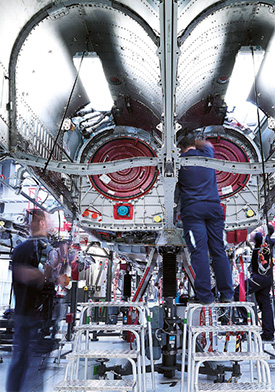
“Considering the fact that a strong political momentum for more European cooperation had been in the air since St-Malo, we really thought the time was right for a new Agency.”
Rapidly joined by French defence electronics company Thales, EADS started its lobbying effort towards EU representatives and especially the nascent Convention to sell the idea of what was then referred to by the industry as a ‘European Security and Defence Research Agency’. “In 2002, we organised a dinner that gathered more than 200 representatives from national parliaments and from the Convention”, Troubetzkoy points out. “I personally asked Valéry Giscard d’Estaing to consider, after the failure of the EDC in 1954, a new political impetus for defence cooperation in Europe through the creation of a dedicated Agency. He told me he would take up the challenge.”
This bold move from industry representatives partly contributed to the creation of a dedicated “Working Group on Defence” within the Convention in September 2002. Chaired by Michel Barnier, then European Commissioner in charge of Institutional Affairs for the European Commission in addition to his Regional Affairs portfolio, its official mandate included investigating “the possibility of setting up an arms agency whose tasks (research, development, acquisitions) and operating methods would have to be studied in detail”, while acknowledging that “there [was] in fact currently no cooperation on armaments at Union level”. The document went on to state that “if real progress is to be possible in terms of military capabilities, efforts must be made not only at defence budget level, but also at the level of procurement so as to achieve economies of scale, and at the level of arms research and development”.
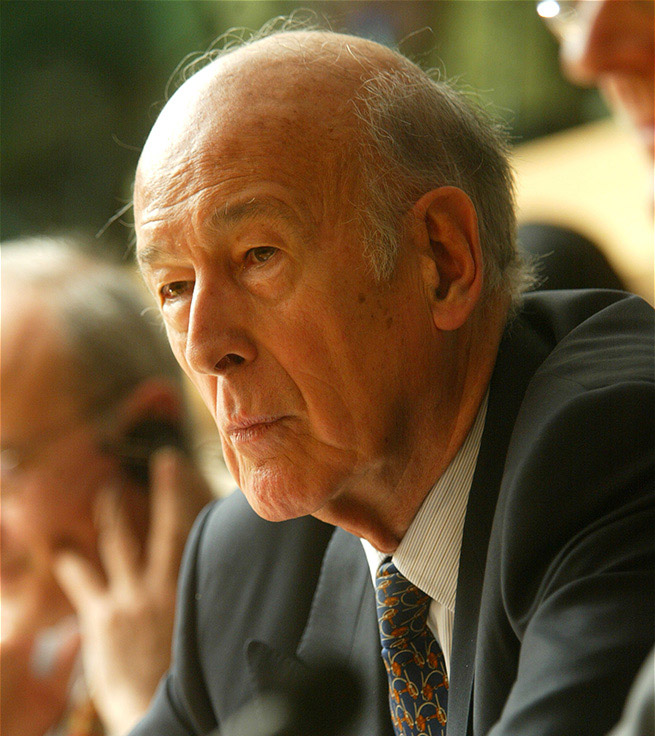
“The time was right”, Christine Roger, former French Ambassador to the PSC who at the time was heading Michel Barnier’s private office in the European Commission and was directly involved in the proceedings of the Convention Working Group on Defence, recalls. “Member States all seemed willing to move forward, the industry wanted it as well - there was a wide range of good reasons to make this new Agency a reality. It was a simple idea and a good one”, she sums up. As part of its process, the Defence Working Group went on to interview a number of high- level representatives from the Member States’ ministries of Defence, governments and industries. Again, EADS used this forum to make its pitch for a strong Agency, with one of its Vice-President in charge of strategic coordination for the aerospace and defence company, presenting his ideas - some of which would make their way to the report of the working group finalised in December 2002.
“The WEAG geometry was deemed too complex at the time, and one of the problems we identified was that it lacked the support of real decision making structures”, Christine Roger, who is currently Director for Home Affairs at the Council of the European Union, points out. “The idea of setting up a new Agency was a consensus builder in the Convention working Group on Defence. Greece was really supportive at the time, which is in line with the decisive initiative shown thereafter by the European Council in Thessaloniki in June 2003, during the Greek Presidency”.
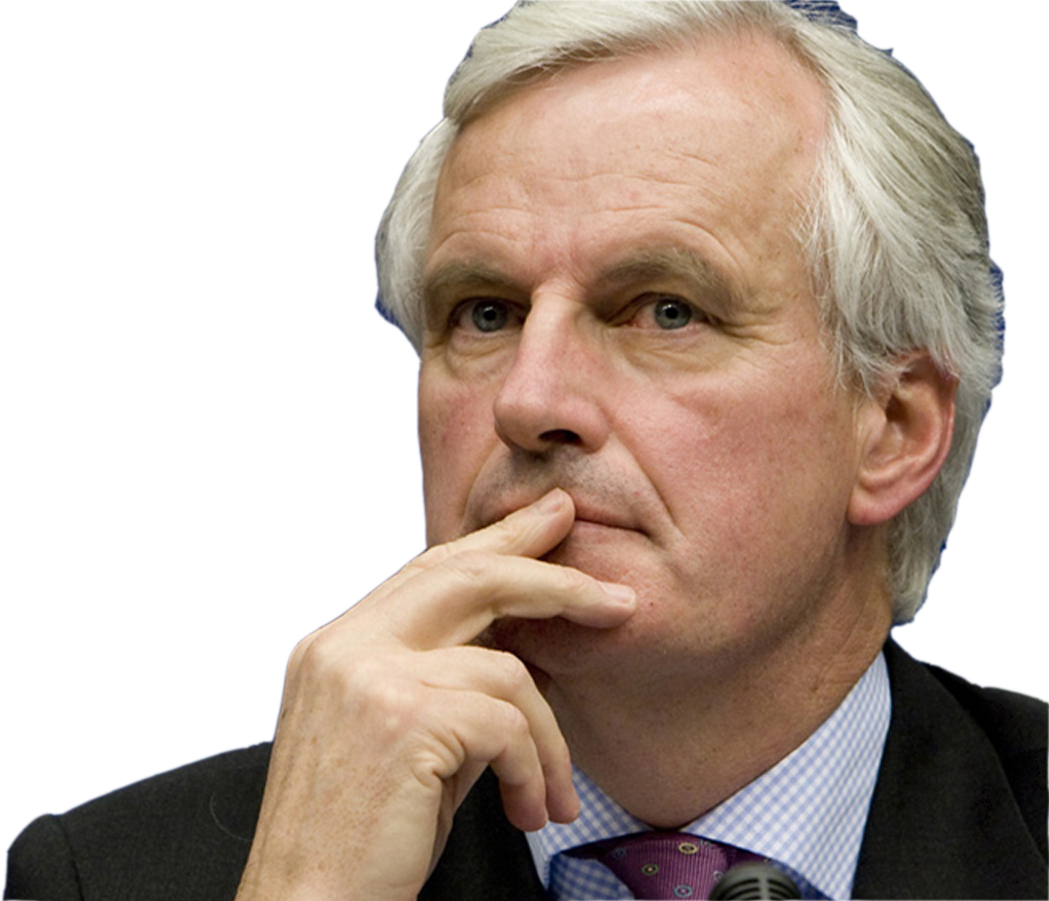
then European Commissioner in charge of Institutional Affairs and Regional Affairs, chaired the “Working Group on Defence” set up within the Convention in September 2002. The group’s official mandate included investigating “the possibility of setting up an arms agency whose tasks (research, development, acquisitions) and operating methods would have to be studied in detail”.
In its final report, the Convention working group laid out some of the foundations of what would become the European Defence Agency we know today - although the final name wasn’t there yet. “The setting up on an intergovernmental basis of a European Armaments and Strategic Research Agency was supported by many in the Group”, the official document stated. “The Agency’s initial tasks would be to ensure the fulfillment of operational requirements by promoting a policy of harmonised procurement by the Member States, and to support research into defence technology, including military space systems.
The Agency would incorporate, with a European label, closer forms of cooperation which already exist in the armaments field between certain Member States (OCCAR, LoI). The Agency should also be tasked with strengthening the industrial and technological base of the defence sector. It should also incorporate the appropriate elements of the cooperation that most Member States undertake within the WEAG.”
The working group laid out a few ideas regarding the way this future Agency could interact with its stakeholders. “All Member States which so wished could participate in the Agency, the composition of which would not be linked to other, limited forms of defence cooperation”, the final report explained.“Certain Member States could constitute specific groups based on a commitment to carry out specific projects”, which could also “be opened up on an ad hoc basis to countries which are not members of the European Union”.
The Convention officially finished its work in July 2003 with the publication of a Draft Treaty establishing a Constitution for Europe. Running parallel to the Convention effort, Member States representatives were also busy preparing the European Council that would take place in Thessaloniki in June 2003. It was foreseen that the event would also see a push towards a new intergovernmental agency in the field of defence - although, as Christine Roger points out, the Convention and the Council efforts on the matter were largely disconnected. Meanwhile, further momentum was added by the defence industry with the publication in April 2003 in British, French, German, and Spanish daily newspapers of an open letter co-written by BAE Systems, EADS and Thales’ CEOs. Titled “ Time to Act”, it urged greater consolidation of the European defence industry through the creation of a new European armament and strategic research defence agency, seen as the best platform to launch major future defence and security programs.
In its final conclusions published in June 2003, the Thessaloniki Council made it clear that a new European Defence Agency was on the agenda and would soon become a reality. “ The European Council [...] tasks the appropriate bodies of the Council to undertake the necessary actions towards creating, in the course of 2004, an intergovernmental agency in the field of defence capabilities development, research, acquisition and armaments”, the final declaration stated. The overall objective of the new body was briefly explained : “This agency, which will be subject to the Council’s authority and open to participation by all Member States, will aim at developing defence capabilities in the field of crisis management, promoting and enhancing European armaments cooperation, strengthening the European defence industrial and technological base and creating a competitive European defence equipment market, as well as promoting, in liaison with the Community’s research activities where appropriate, research aimed at leadership in strategic technologies for future defence and security capabilities, thereby strengthening Europe’s industrial potential in this domain”.

The next step would be to actually set this new agency in motion. Nick Witney, who would become the first EDA Chief Executive in 2004, played a central role in that process. He shares his recollections of the period : “During the second half of 2003, under the Italian presidency of the EU, a working group was convened in Brussels to make a reality of this and I was the British representative. As the deputy head of the UK MoD’s strategic affairs directorate, I travelled to Brussels regularly in the second half of 2003 to meet with my counterparts.”
The consensus around the Agency was clearly still there, notably between Paris and London. “This may sound surprising now, considering that relations between the two countries really became tense after the strong French opposition to the Iraq campaign in 2003. However, there was a clear agreement between London and Paris that an Agency would be a good thing and that we would make it happen, even if there was no clear understanding at the time of what the exact role of the Agency should be, or its position on the institutional grid”, Nick Witney recalls. “The only thing we had was a half sentence from the Thessaloniki Council, which served as a blank screen onto which different people projected different aspirations. The only way out was to establish a special project team, and this was decided in November 2003.”
The Agency Establishment Team (AET), was to finalise its report by April 2004 in order to submit it for approval by the Council during the summer. “The question then arose - who would head the team? London and Paris each put forward their candidate, initiating a standoff that lasted two and a half months from November to late January - a period during which I sat on a packed suitcase in London. But meanwhile, time was running out because the team was supposed to deliver its report at the end of April, and almost half the time was consumed doing nothing”, Witney points out. “I am not sure how the choice was finally made in my favour but at the end of January the call came, and I moved immediately to Brussels. There I found waiting for me in the Kortenberg building a small office with a computer, a malfunctioning telephone, and a pile of CVs.”
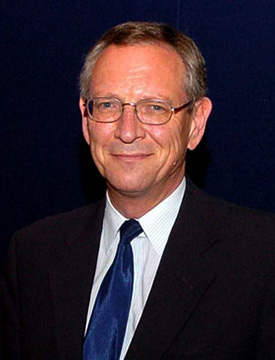
“From the CVs I quickly selected a team of about a dozen people”, Witney recalls. Accommodation was another issue and the AET finally found some open-plan space on the top floor of the Kortenberg building, home of the EU CSDP structures. Working from there, the team had a constant relation with an ad hoc representative group of all EU Member States, which they met with every two weeks. “It was a useful interaction”, Witney explains, “because it allowed us to reassure them but also to get their fingerprints on what we were doing to make sure they couldn’t repudiate it at the end”. The previous autumn’s efforts to progress the Agency had focused on trying to draft its legal basis. The team’s approach was to concentrate instead on substance, working to develop a consensus on what exactly the Agency would do, and how it would do it. While the British argued the Agency should mainly focus on capability development, the French pushed for a predominant armaments role. “Our job in a way was to demonstrate that the Agency was able to do both, and moreover by doing both it could succeed better in each”, Nick Witney explains.
Reflecting this debate, the European Defence Agency name was finally adopted because “it was short, accurate, and unconstraining”, Witney says, and also because anything more specific could have been seen as trying to push the Agency one way or another. By the end of April the team was able to submit its blue-print for the new institution, clearing the way for member state diplomats, skillfully guided by the Irish presidency, to finalise the legal documentation.
A number of draft paragraphs were submitted to Member States and went back to the AET between May and June. By the middle of June the text was sent to the Relex group of the Committee of Permanent Representatives (COREPER), in charge of drafting the Joint Action that would officially create the European Defence Agency. On 12 July 2004, the European Council formally adopted this Joint Action, turning the Thessaloniki and the Convention promises into reality. The decisive final discussion was at a COREPER meeting which took place in Luxembourg in late June. “We drove back to Brussels to my flat where the team was waiting for us - champagne was on ice and we had a wonderful party !”, Witney says. “Looking back, I think this and my subsequent three years as the Agency’s first Chief Executive was the most rewarding period of my entire professional life”, he adds. “Personally rewarding, too - a number of my team colleagues have become friends for life.”
A Chief Executive had to be chosen for the Agency, as there was no automatic right for Witney to get the position. Javier Solana, then High Representative of the EU for Foreign Affairs and Security Policy and acting Head of EDA, had to write to Member States to propose Nick Witney as a Chief Executive, a nomination that was quickly approved.
The second half of 2004 was dedicated to putting everything in place. Hilmar Linnenkamp joined Witney as Deputy Chief Executive, and in October the first four functional directors were nominated : Capabilities director Pierre Hougardy, Research & Technology Director Bertrand de Cordoue, Armaments Director Carlo Magrassi, and Industry and Market Director Ulf Hammarstrom.
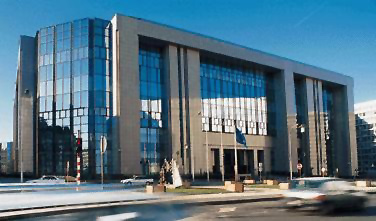
“We knew that by the autumn of 2004 we would be thirty-something strong and would need space for that”, Nick Witney recalls. “But all the Council administration was able to offer at the time were two or three offices in the Justus Lipsius building, two offices on the other side of rue Froissart and some other spaces in different locations around Brussels - but I felt we had to stay together”. The situation was eventually settled when the Council managed to find accommodation for the nascent Agency. “I later went down to see them and they told me they had just found 30 offices available in the Justus Lipsius”, Witney says. A few months later, in 2005, the Agency would permanently settle in its current Rue des Drapiers headquarters, very close to downtown Brussels.
Accommodation issues aside, the first months were dedicated to putting the whole legal framework and institutional struc ture of the Agency in place. In autumn 2004, EDA’s Steering Board, made up of Defence Ministers from each Member State, met for the first time. They approved the budget for 2005, the first annual Work Programme, and the official structure of the Agency.